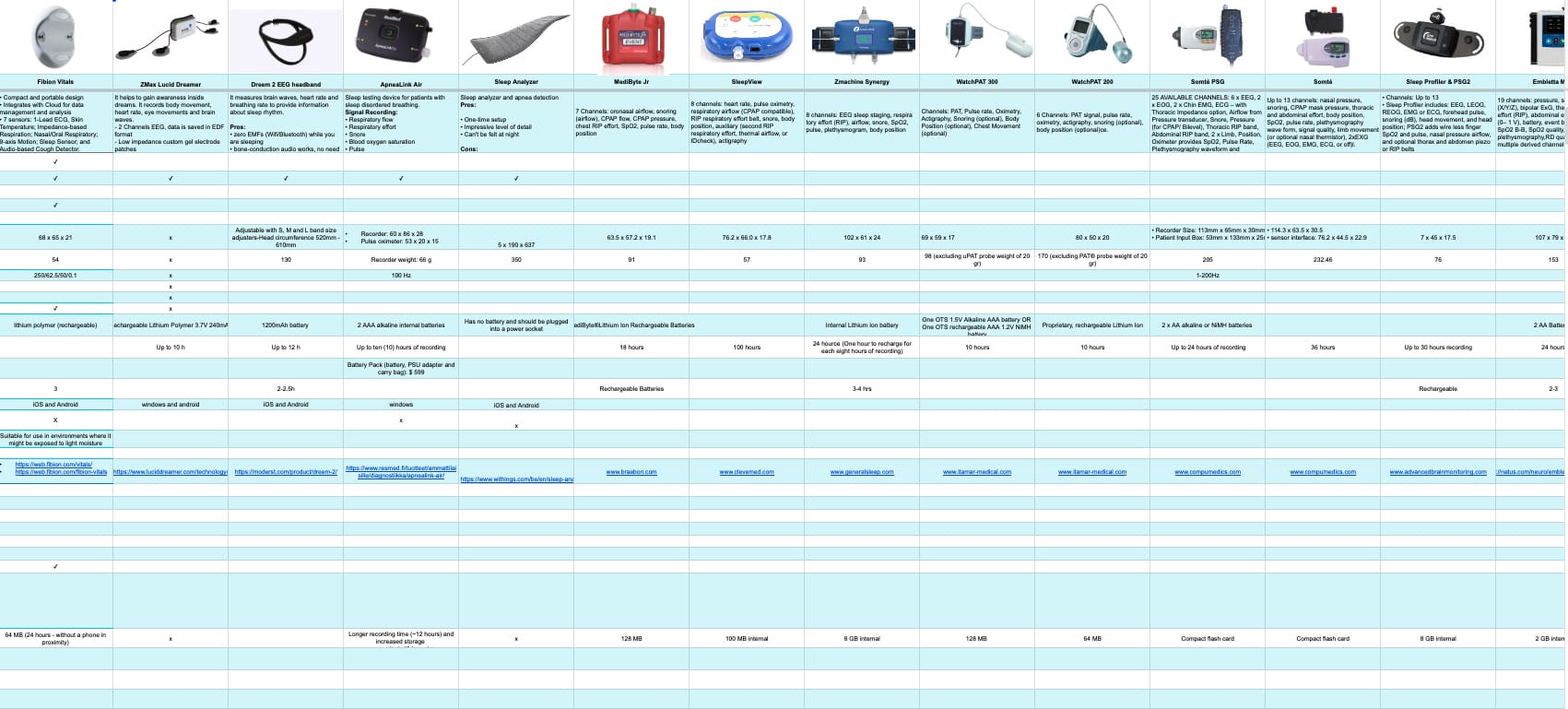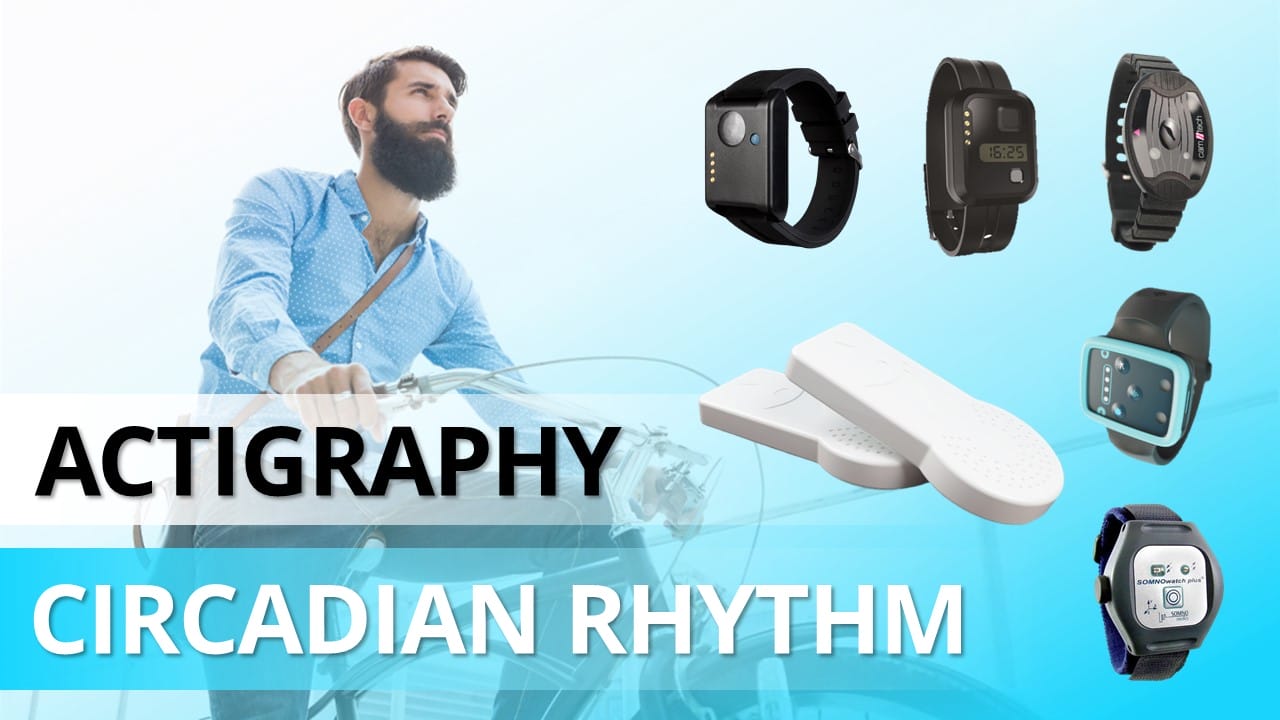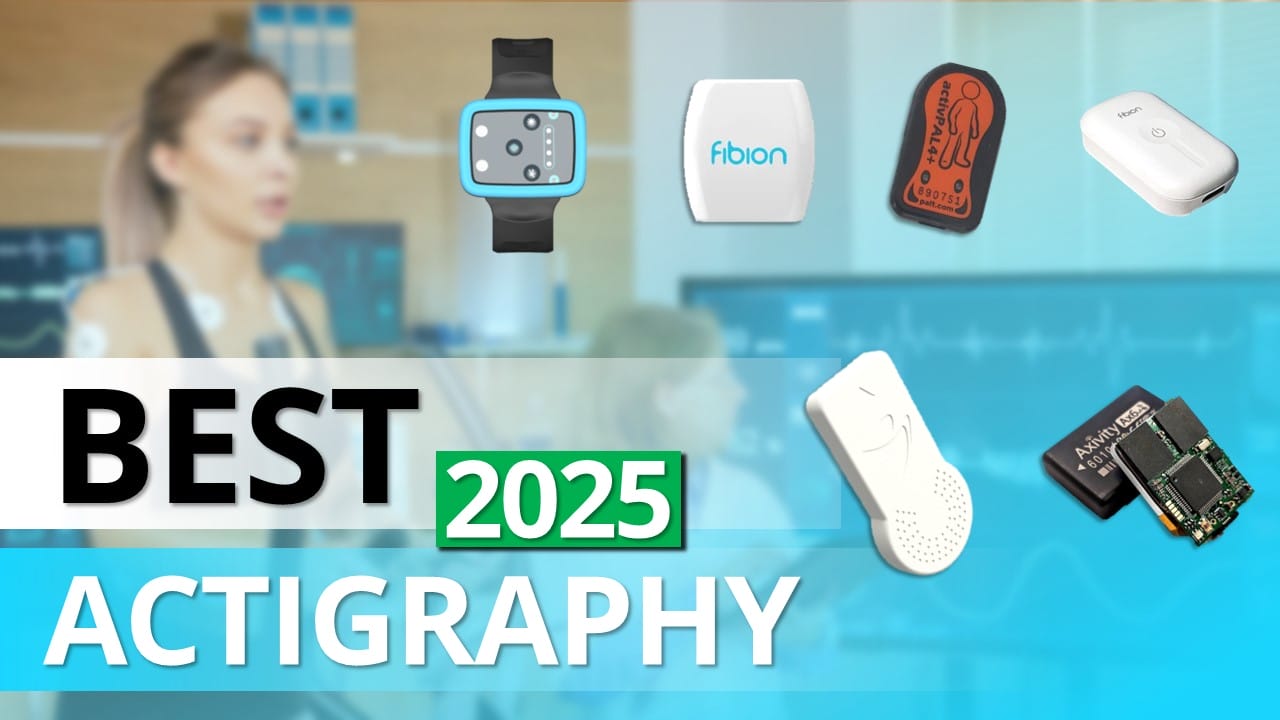Actigraphy offers a non-invasive method to monitor activity and rest cycles, part of understanding circadian rhythms. These devices, equipped with accelerometers, gyroscopes, and magnetometers, provide detailed data on sleep patterns and daily activities by tracking movements over extended periods.
Introduction to Actigraphy in Circadian Rhythm Studies
Circadian rhythms, the natural cycles that regulate our sleep-wake patterns and numerous other physiological processes, are critical to understanding overall health and well-being. Actigraphy provides a non-invasive method to capture detailed activity and rest cycles, offering invaluable data for circadian rhythm research. This tool tracks movements over extended periods, allowing researchers to observe natural sleep patterns and wakeful activity without the need for more intrusive methods.
In circadian rhythm studies, the precision and reliability of the data collected via actigraphy can significantly influence the outcomes and interpretations of research. Therefore, selecting the right actigraphy device is paramount to ensuring accurate measurement of both rest-activity cycles and exposure to various light types, including impactful blue light.
Immediate Access to the Comparison Sheets
For researchers poised to purchase actigraphy devices, understanding the various options available is crucial. We have compiled several comprehensive comparison sheets (classic accelerometers, sleep wearables, and accelerometers with light sensors) that outline the specifications, features, and pricing of the top actigraphy devices and their sensors suited for circadian rhythm research. These resources are designed to assist you in making an informed decision quickly and efficiently.
| How to get access to the Accelerometer Comparison Sheet: Simply click here |

These comparison sheets are immediately accessible and provide a detailed guide to help you compare and contrast different actigraphy devices. By downloading them, researchers can evaluate which devices best meet their specific study requirements, ensuring they choose the most effective tool for their circadian rhythm research endeavors.
| How to get access to the Sleep Wearables Comparison Sheet: Simply click here |

| How to get access to the Accelerometer with Light Sensor Comparison Sheet: Simply click here |

Key Features of Actigraphy Sensors for Circadian Rhythm Research
When selecting an actigraphy device for circadian rhythm research, it’s crucial to consider several key features that can impact the quality and usability of the data collected. Understanding these features will help you choose a device that is best suited to meet the demands of your specific research objectives.
- Sensor Accuracy: The accuracy of the actigraphy sensor is paramount. For circadian rhythm studies, precise detection of movement and rest periods is essential to accurately assess sleep patterns and activity levels. High sensor accuracy ensures that the data collected reflects true behavior and physiological conditions.
- Battery Life: Given that circadian rhythm studies often require continuous monitoring over extended periods, the battery life of the actigraphy sensor becomes a critical factor. Opt for sensors with long battery life to avoid frequent recharging, which can be disruptive to longitudinal studies.
- Data Storage Capabilities: Adequate data storage is necessary to handle the volume of data collected during extensive monitoring periods. Sensors with substantial onboard memory or options for cloud storage are preferable, as they can store large amounts of data without the need for frequent downloads, which can disrupt the research process.
- Light Sensors: Light exposure is a significant factor influencing circadian rhythms. Sensors equipped with light sensors, particularly those capable of detecting blue light, are invaluable. They can measure not only the intensity and duration of light exposure but also the timing, which is crucial for analyzing how light affects circadian patterns. This feature is especially important in studies looking at the effects of artificial light on sleep and biological rhythms.
- Comfort and Wearability: Since participants may need to wear actigraphy sensors continuously, the comfort and design of the device are important considerations. A non-intrusive, comfortable sensor increases participant compliance and ensures more consistent and reliable data collection.
“The inclusion of a blue light sensor in actigraphy devices is incredibly valuable, particularly given the prevalence of mobile device use in modern society. Exposure to blue light, especially in the evening, can adversely affect our circadian rhythms. Having the ability to measure this exposure helps researchers understand its impact on biological cycles, making a blue light sensor a crucial tool for studies in this area.” – Dr. Olli Tikkanen
Choosing the Right Actigraphy Device for Circadian Studies
Selecting the ideal actigraphy device for your circadian rhythm research involves more than just understanding the device’s features. It requires a careful match between the device’s capabilities and your specific study needs. Here are some guidelines to help you make the best choice:
- Evaluate Study Requirements: First, clearly define what you need to measure in your circadian rhythm study. Consider the primary objectives — are you focusing more on the analysis of sleep patterns, light exposure, or both? Understanding these requirements will guide you in choosing a sensor with the right features.
- Consider the Study Population: Think about who will be wearing the sensors. Are your study participants children, adults, or elderly? The comfort and ease of use of the actigraphy device are particularly important if the study involves vulnerable groups who might be sensitive to wearing a device for long periods.
- Advanced Light Sensing Capabilities: Since light exposure significantly impacts circadian rhythms, ensure the actigraphy sensor you select has robust light sensing capabilities. Check if the sensor can differentiate between different types of light, particularly blue light, as this can critically influence circadian phases.
- Software and Data Analysis Tools: The ability to analyze and interpret the data collected is as important as the data itself. Look for sensors that come with comprehensive software solutions or are compatible with the data analysis tools you already use. This integration will allow for easier management and analysis of complex data sets.
- Budget Constraints: Finally, consider your budget. While you want the best sensor that meets all your requirements, it’s important to balance cost with functionality. Determine which features are must-haves and which you can compromise on, without undermining the integrity of your research.
Download Our Circadian Rhythm Research Comparison Sheets
To assist you in making a well-informed decision when purchasing actigraphy devices for circadian rhythm research, we’ve created detailed comparison sheets. These resources provide an in-depth look at various top actigraphy sensors’ specifications, features, and pricing, particularly highlighting their capabilities for circadian studies.
Click and download the Circadian Rhythm Research Comparison Sheets to compare
These comparison sheets are designed to help you quickly and effectively compare different actigraphy devices, allowing you to assess which sensor meets the specific needs of your research. By providing your email, you can gain immediate access to these tools, ensuring you have all the necessary information to select the best sensor for studying circadian rhythms.
Conclusion
Selecting the right actigraphy device for circadian rhythm research is a crucial decision that can significantly impact the accuracy and reliability of your study outcomes. By understanding the key features to consider, such as detailed light-sensing capabilities and the ability to track rest-activity cycles effectively, you can make an informed choice that enhances your research quality.
We encourage you to utilize the Circadian Rhythm Research Comparison Sheet to compare different actigraphy devices and their sensors comprehensively. This tool is designed to streamline your selection process, helping you identify the device that best fits your research’s specific needs while staying within budget.
Investing in the right actigraphy tool will not only facilitate precise and reliable data collection but also contribute to the broader scientific understanding of circadian rhythms and their effects on human health. Make sure to take advantage of the resources provided to ensure your research tools are as effective and efficient as possible.
Further Reading
For those looking to deepen their understanding of actigraphy and related research technologies, we have curated a selection of articles from our website that explore various aspects of these tools in greater detail. These articles provide further insights into the practical applications and advancements in the field, aiding in the effective use of actigraphy sensors in research.
- Exploring Actigraphy in Scientific Research: A Comprehensive Guide: This guide offers an in-depth look at the fundamentals of actigraphy, detailing its use in sleep and activity monitoring. It’s a great starting point for researchers new to this field or looking to refine their understanding of actigraphic data collection. Read more about actigraphy in scientific research.
- Measuring Physical Activity and Sedentary Behavior with Accelerometers: Dive into the specifics of how accelerometers, integral to actigraphy sensors, are used to measure physical activity levels and sedentary behavior, crucial for comprehensive health studies. Explore accelerometer use in health research.
- Physical Activity and Sedentary Behavior Measurements: This article provides a broader perspective on the methods available for assessing physical activity and inactivity, discussing both the theoretical and practical considerations of these measurements in research. Learn more about physical activity measurements.
You Might Also Be Interested
⭐ Read about Best Actigraphy devices in 2025. Read article here.
👍 Want to test the Fibion SENS system first-hand, and experience how it can simplify your data collection process and provide accurate results about sleep, sedentary behavior, and physical activity?
🔍 Order Fibion SENS Motion 3 Devices Test Package to get first-hand experience of the system. Order now for hands-on experience and comprehensive insights.
📅 Planning research measuring physical activity, sedentary behavior, or sleep? For a chat with our accelerometer and wearable expert, book a video call with Dr. Miriam Cabrita.

Frequently Asked Questions
What is actigraphy and how is it used in circadian rhythm research? +
Actigraphy involves using a wearable device, typically on the wrist, to track movement and rest patterns over extended periods. It’s crucial for studying circadian rhythms as it provides insights into natural sleep-wake cycles and how they are influenced by environmental factors like light.
What key features should be considered when choosing an actigraphy device for circadian rhythm studies? +
Important features include the accuracy of movement and light detection, battery life, data storage capabilities, comfort and wearability of the device, and the ability to measure light exposure accurately, especially in differentiating types of light like blue light.
Why is light sensing capability important in actigraphy sensors for circadian rhythm research? +
Light sensing is crucial because light exposure significantly influences circadian rhythms. Sensors that can accurately measure light intensity and type provide essential data for analyzing how light affects sleep patterns and overall circadian health.
How can comparing different actigraphy sensors benefit circadian rhythm research? +
Comparing different sensors allows researchers to select a device that best meets their specific study requirements, ensuring the collection of accurate and reliable data. It helps identify devices with the optimal balance of features, like precision, battery life, and user comfort.
What should researchers look for in terms of data output and analysis capabilities in actigraphy sensors? +
Researchers should seek sensors that offer detailed data output that suits their analytical needs, including raw data access for custom analysis. Sensors should also integrate easily with software systems for data management and analysis.
Where can researchers access a comparison sheet for actigraphy device suited for circadian rhythm studies? +
Researchers can download a detailed comparison sheet by providing their email through a designated link, which offers a comprehensive overview of specifications, features, and pricing for various actigraphy devices suitable for circadian rhythm research.

















